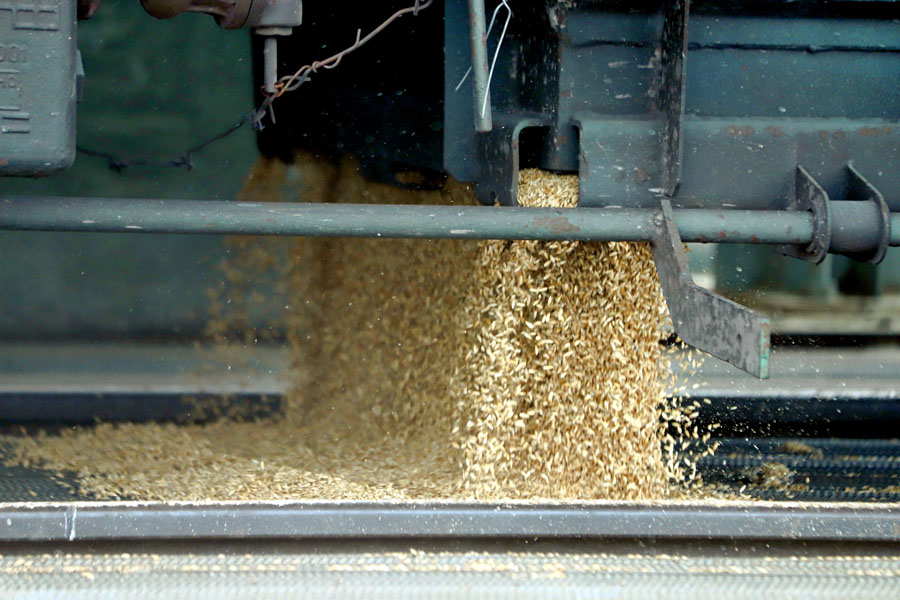Ukraine is increasing exports of agricultural products across its western borders

Russia’s aggression against Ukraine is not only fighting and seizing territories, but also destroying social infrastructure and the economy by blocking exports through Black Sea ports, which hit the metallurgical and agricultural industries the hardest, accounting for 80 percent of foreign exchange earnings.
Exports of agricultural products were partially redirected to the ports of the Danube and the western borders. And metallurgical plants are concentrated mainly in the east of Ukraine, so they shipped their products through the currently occupied ports of Berdyansk and Mariupol.
In January-April 2022, exports of Ukrainian agricultural products (groups 1-24 UKTZED) increased compared to the same period last year by 3% to $ 7.42 billion, – according to NSC “Institute of Agrarian Economics”. If in January-February the export of agricultural products reached $ 5.68 billion, in March-April, after the military invasion, it decreased almost three times to $ 1.74 billion. At the same time, the share of agricultural products in Ukraine’s total exports exceeded 44%.
As before, this year the main items of agricultural exports are cereals and oilseeds, oils and fats, meat products and residues of the processing industry. The share of these goods in the export of agricultural goods is almost 90%.
The European Union maximally promotes the increase of exports and transit of agricultural products from Ukraine across the western borders to the EU. In accordance with the Ukraine-EU Solidarity Roadmap, the European Commission has decided not to require veterinary and phytosanitary certificates for both grain imports and transit through the EU. In order to control the compliance of goods with EU requirements for imports and presence on the national market, EU countries can take samples, but such control should be based on market analysis, be proportionate and free of discrimination.
The European Commission says such inspections can now take several days and vary depending on checkpoints and EU countries, but understands that these delays not only slow down freight traffic but also require additional costs from traders and transport operators.
Read also
Wheat in Southern Brazil Impacted by Dry Weather and Frosts
Oilseed Industry. Leaders and Strategies in the Times of a Great Change
Black Sea & Danube Region: Oilseed and Vegoil Markets Within Ongoing Transfor...
Serbia. The drought will cause extremely high losses for farmers this year
2023/24 Safrinha Corn in Brazil 91% Harvested
Write to us
Our manager will contact you soon



